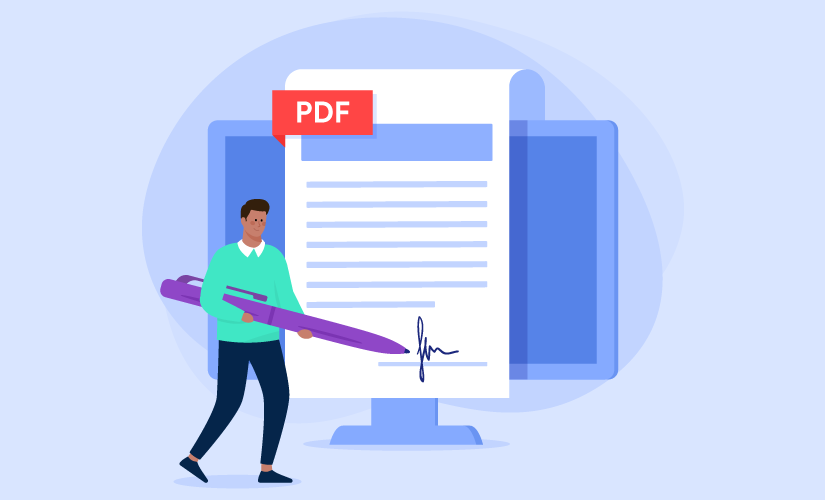PDFs have become a central format for digital documentation in industries ranging from finance to healthcare. Whether it's contracts, identity verification files, or compliance documents, PDFs are favored for their portability and consistent formatting. However, this widespread use has also made them a common target for fraud. Tampering with PDFs can result in significant losses, reputation damage, or legal repercussions. This makes the implementation of pdf document fraud detection tools a necessary step for organizations seeking to prevent manipulation and secure digital workflows.
Document tampering typically involves subtle changes that are hard to detect with the naked eye. Fraudsters can edit names, dates, figures, or even digital signatures without triggering suspicion. While manual reviews may identify obvious alterations, they are not equipped to catch layered edits or metadata changes. This is where specialized fraud detection tools come in, offering automated and intelligent verification of PDF file integrity.
PDF fraud detection tools operate by inspecting various layers of the document, including visual content, structural formatting, and metadata. The metadata contains hidden information about the document’s history, such as creation software, time stamps, and authorship. Any inconsistencies here can be a red flag indicating tampering. For instance, if a government-issued document claims to have been created by a simple text editor, it could be flagged for further review.

These tools also examine the internal structure of the PDF. Unlike simpler file formats, PDFs store text, images, and other elements in a layered fashion. Changes such as pasted signatures or inserted text boxes often leave behind formatting discrepancies. Fraud detection tools can analyze these anomalies and flag documents that deviate from typical construction patterns. They also verify consistency in font types, character spacing, and line alignments—common areas where fraudulent edits occur.
Artificial intelligence significantly enhances the effectiveness of PDF fraud detection. Machine learning algorithms can be trained on thousands of genuine and forged PDFs, allowing them to detect manipulation patterns more efficiently over time. AI can distinguish between normal formatting differences and suspicious inconsistencies, reducing the likelihood of false positives while ensuring real threats are caught quickly.
One of the key advantages of these tools is their ability to work in real-time. When users upload documents—whether for onboarding, account updates, or applications—the system can immediately assess their legitimacy. If any suspicious elements are found, the document can be flagged or halted for further inspection. This allows organizations to act before the document progresses through sensitive workflows, protecting both internal operations and external client relationships.
Integrating fraud detection into PDF document handling is particularly useful for sectors where trust is essential. Financial institutions, law firms, healthcare providers, and educational institutions all rely on document accuracy for compliance and service delivery. The ability to prevent tampering not only safeguards the institution but also enhances customer confidence in the digital process.
In a digital environment where documents can be easily manipulated and re-shared, relying solely on visual checks is no longer sufficient. PDF document fraud detection tools provide the automation and intelligence needed to prevent tampering proactively. By incorporating these systems into their verification processes, organizations can reduce risk, ensure compliance, and maintain the integrity of critical documents.